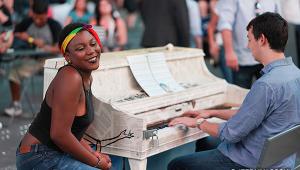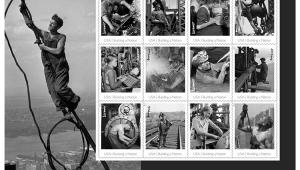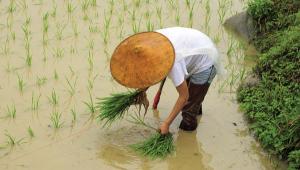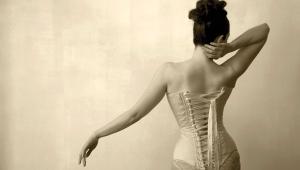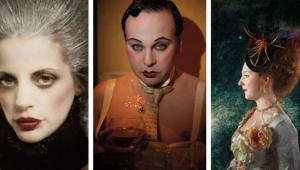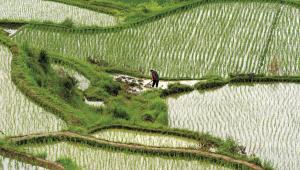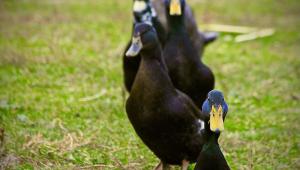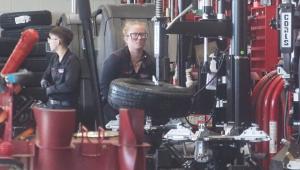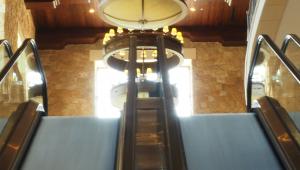Francesco Tonelli Makes Food Pixellicious; A Delicious Dish Is Best Served In The Right Light Page 2
His choice of lighting reflects his shooting style, which is further reflected in his choice of camera. “I find the 35-style digital SLRs are more user-friendly. Plus I prefer to hand hold my camera for my food shots, which is easier with the smaller format.” He works with a Profoto Acute2R 2400 ws system because, while it operates off AC, it’s highly portable and he can still use the modeling lights. He normally carries two power packs and at least three heads. The various accessories include honeycomb grids and a 2-foot-square softbox.
 |
|
|
Most of the time Tonelli lights with the softbox, adding fill cards where necessary. However, for more dramatic lighting or to add highlights to some parts of the image, he’ll add lights with grids to focus the light on a smaller background area. He’ll also use small mirrors (some as small as an inch). “I may use three or four mirrors to reflect light from the grid spots and add to the dappled lighting effect.” Some mirrors come with a small stand; others he’ll prop up with a small wooden block or a tacky material (such as Funtac, available in photo stores).
A Unique Perspective On Food
Whereas many photographers will scrunch up some paper towels and drop that in a bowl or dish to use as a substitute while testing the lighting, Tonelli prefers to go with the real deal to give him a truer sense of texture, consistency, and color—and what would appeal to the palate. During the course of a shoot, he’ll prepare several identical dishes, using the first one or two as stand-ins. The final dish, known as the “hero” dish, is the one he prepares moments before shooting so that it’s fresh and will look on camera as it does sitting in front of you in your home or a fine restaurant. For delicate dishes, say ice cream, he turns the modeling lights all the way down (because of the heat) while eliminating ambient illumination to help him better visualize the shot. And once the food is ready, “I shoot as quickly as I can in order to catch the fragrance of the food. My challenge, having been a chef, is to capture that moment when the food is at its best. And sometimes that’s a matter
of seconds.”
What determines how he styles a shot? “Generally, it’s what we’re trying to say with the dish and the audience we’re appealing to,” Tonelli comments. He adds that you don’t want to overcomplicate the shot for a consumer magazine and make it look intimidating to the average reader. However, if you’re styling for a classy dining establishment, you bring your best game to the table.
- Log in or register to post comments



